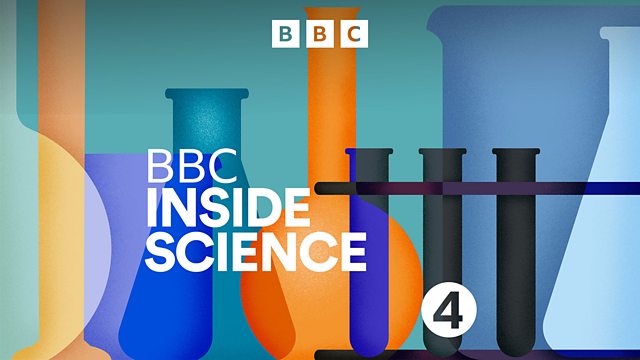Did typhoid kill the Aztecs, DNA stored in Bitcoin, Glow-in-the-dark plants and levitating humans
Deadly Aztec epidemic 'cocoliztli' linked to typhoid. Storing data in DNA. Could glow-in-the-dark plants be used as street lighting and levitating humans using sound waves.
What killed the Aztecs? In some areas of the Americas, as many as 95% of the indigenous population died of diseases brought in by the discoverers of the New World. Pandemics hit the population who had little immunity to diseases carried by people and livestock. One outbreak responsible for killing millions started in 1545 and was locally called 'cocoliztli'. But for the last 500 years, exactly what this deadly disease was has remained a mystery. Adam talks to Johannes Krause of the Max Planck Institute who has analysed the teeth of 10 individuals from a mass grave for pathogens and found remnants of typhoid fever DNA. Could this be, in part, responsible for the deaths of millions? Historian Caroline Dodds Pennock from the University of Sheffield discusses the difficulties of knowing for definite what killed so many millions of people.
In 2015, Nick Goldman issued a challenge. If anyone could decode the information he had stored on some DNA by 21st January 2018, they could win a bitcoin. When Nick bought the bitcoin it cost about 拢200. To claim the bitcoin, the winner would have to sequence the DNA and then decrypt a code. In late 2017, Nick thought he would be keeping his bitcoin, now worth thousands of pounds. But PhD student Sander Wuyts got in touch with Nick to claim his prize. Marnie Chesterton follows the story.
Adam talks to MIT scientist, Michael Strano about his new techniques to make plants glow in the dark. Could these plants be used as street lighting in the future?
And how can sound be used to levitate humans? Professor of Ultrasonics at the University of Bristol, Bruce Drinkwater explains how his team have managed to overcome a size limit on the use of acoustic beams to trap and move objects in space. With no theoretical upper limit on the size of object which can be levitated, he explains how the technology could be used in medicine to deliver powerful drugs to a very specific place. This would leave the rest of the body unharmed or could help in the dispersal of kidney stones.
Last on
![]()
91热爆 Inside Science is produced in partnership with The Open University.
Broadcasts
- Thu 25 Jan 2018 16:3091热爆 Radio 4
- Thu 25 Jan 2018 21:0091热爆 Radio 4
Explore further with The Open University
Discover more fascinating science content with The Open University
Podcast
-
![]()
91热爆 Inside Science
A weekly programme looking at the science that's changing our world.



